As data analytics began to emerge as a key factor in risk management for financial institutions, a problem arose: how can one perform risk analysis on information that’s been buried within legacy software systems, including spreadsheets and emails? The answer is an enterprise governance, risk management and compliance (eGRC) solution that uses automation, artificial intelligence and machine learning to see data fragmented across silos, allowing the principals to view the data through a “single pane of glass.”
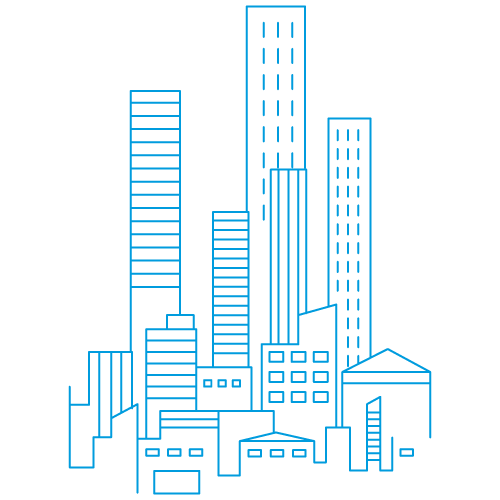
Integrated risk management
Effective and timely management of risk is in the center of all activities for every financial institution’s leadership team. Best practice suggests that there should be a defined process in place to identify new risks and manage existing risks. As new risks are identified across the organization, an eGRC solution helps collate and centralize risk management, which in turn helps leadership make risk-based decisions.
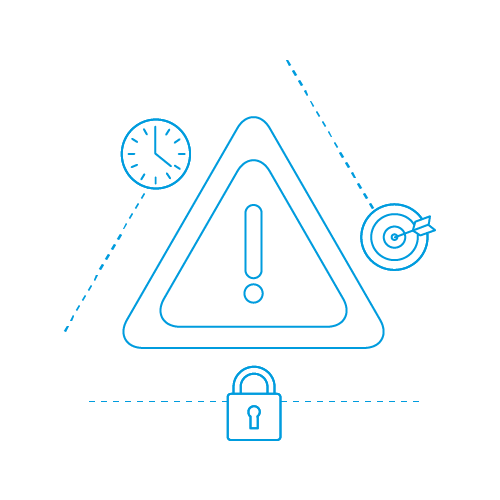
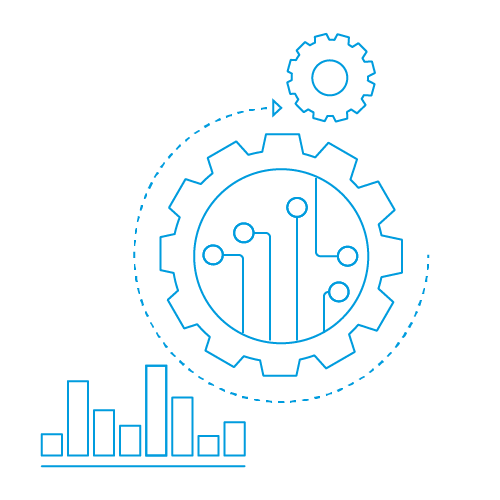
Automation in control testing
Financial institutions are held to high levels of scrutiny by multiple regulatory bodies (CFPB, federal and state, to name a few), which is why an eGRC solution is so critically important. There’s a need for regular control testing, but this task is difficult to manage manually. Robotic process automation assumes that role, providing a map of controls and requirements that’s compared against applicable regulations.
Compliance with applicable regulations
Rather than the time-wasting and redundant method of one test for each control, compliance mapping using a state-of-the-art eGRC solution creates a unified control framework. For example, RSM’s eGRC solution has a unified compliance framework that allows you to “test once and comply many,” which reduces compliance fatigue and allows compliance teams to focus on other critical tasks.
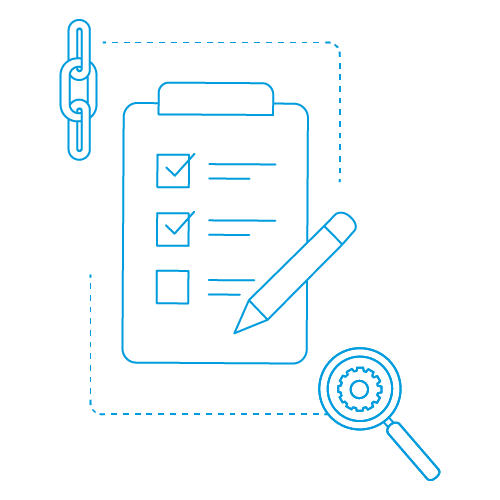
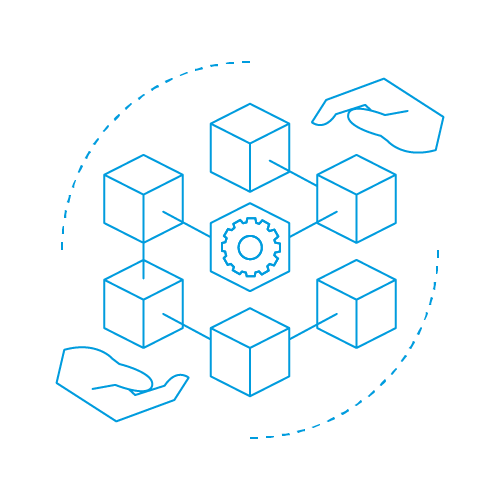
Workflow management
Another element of the “single pane of glass” delivered by eGRC is the ability to build a workflow to automate data collection from various stakeholders that shows they’re complying with controls. Data is stored in and can be accessed from a centralized location. File folders then don’t have to be manually maintained by individuals, and management of incoming document flow is automatic.
Controls management
With controls in one centralized catalog, compliance assessments are streamlined, and redundancy is reduced because the same control doesn’t need to be tested multiple times. Risk-related work within an eGRC solution occurs on a single platform with centralized documentation for controls. The complexity and misalignments created by people storing and managing separate versions of documents are eliminated.

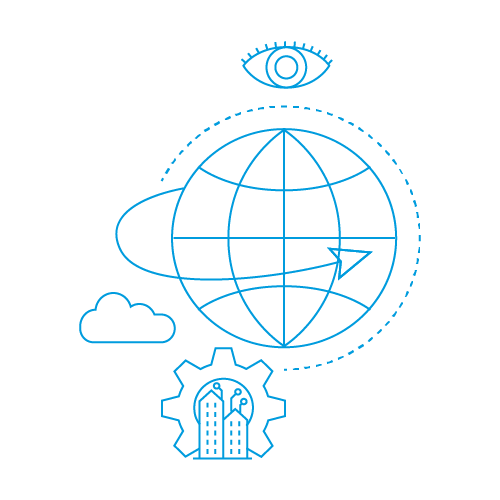
The 360-degree view
Seeing across fragmented information silos is the superpower of an eGRC solution. Its comprehensive dashboard gives users the ability to make smart decisions from previously buried data. Users can then see—through the “single pane of glass”—an accurate picture of their institution’s risks within the compliance portfolio. Problems can be spotted well in advance, and the ability to track exceptions means issues can be remediated before they balloon.
Related insights
RSM's ServiceNow solutions and services buyer's guide
RSM’s ServiceNow buyer's guide provides in-depth insight into the ServiceNow platform and modules. Learn about its benefits, capabilities and RSM's highly experienced implementation & optimization process.

